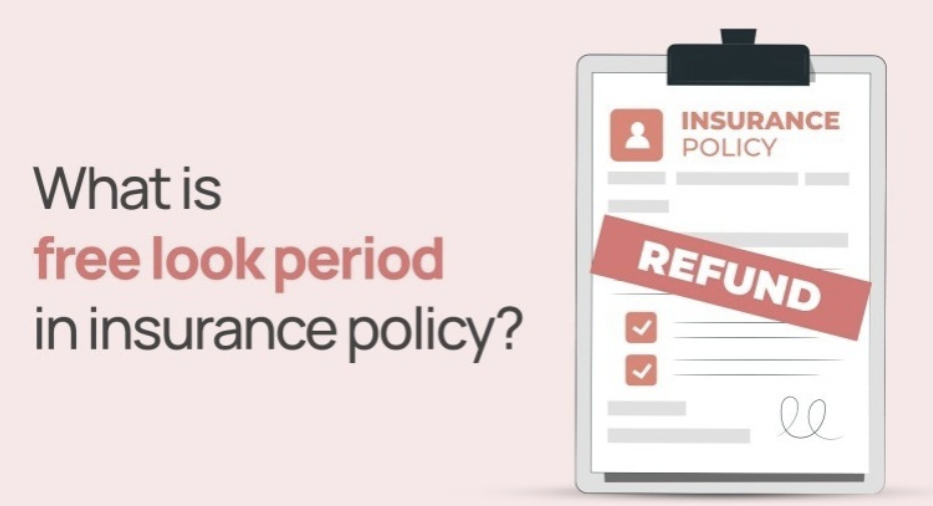In recent years, there have been numerous reports of banks force-selling and mis-selling insurance policies, particularly susceptible and elderly citizens. Many unsuspecting individuals have been duped into purchasing life insurance policies under the guise of long-term deposits, only to realize later that their funds were locked into an insurance scheme rather than a traditional savings instrument. This widespread malpractice has led to financial distress for many policyholders, reinforcing the need for better consumer protection measures. Against this backdrop, the proposal to extend the free-look period to one year gains significance.
The concept of an extended free-look period in life insurance is gaining attention after Finance Minister Nirmala Sitharaman urged insurers to increase the current threshold from 30 days to 365 days. The rationale behind this proposal is to prevent the rampant mis-selling of insurance policies, allowing policyholders ample time to assess their insurance plans and make informed decisions. However, while this move appears beneficial on paper, its practical implementation comes with significant challenges.
What is the Free-Look Period?
The free-look period is a consumer-friendly provision mandated by the Insurance Regulatory and Development Authority of India (IRDAI). As per the Master Circular on Protection of Policyholders' Interests issued in September 2024, every policyholder of a life insurance policy with a term of at least one year is entitled to a 30-day free-look period. During this time, they can thoroughly review their policy and, if dissatisfied, return it to the insurer for cancellation.
Under this rule, insurers must refund the premium paid by the policyholder after deducting only stamp duty charges and medical examination expenses, if any. Moreover, if insurers fail to process the refund within seven days, they are liable to pay interest at the bank rate plus 2% on the refundable amount.
Will a 1-Year Free-Look Period Really Help?
Extending the free-look period to one year may seem like a pro-consumer move, but industry experts have raised concerns over its practicality.
1. Risk of Misuse
An extended free-look period could lead to increased fraud. Policyholders might exploit this provision by purchasing insurance, utilizing its benefits for 11 months, and then canceling the policy just before the deadline to claim a full premium refund.
2. Disrupting the Risk Pool
In life insurance, healthier individuals may cancel their policies while those diagnosed with serious illnesses may retain them. This could disrupt the insurer’s risk pool, making it difficult to sustain the business over the long term.
3. Financial Burden on Insurers
A one-year free-look period would create financial uncertainty for insurers. It would be challenging to price policies accurately since insurers would need to factor in the risk of large-scale cancellations after a year, potentially leading to higher premiums for all policyholders.
Is a Longer Free-Look Period Feasible?
A 30-day free-look period is already sufficient for health insurance since policyholders can cancel their policies at any time within the year and receive a proportionate refund. Instead of merely extending the free-look period, experts suggest that improving consumer awareness, simplifying policy terms, and ensuring better transparency at the time of purchase could be more effective solutions.
Free Cancellation Already Exists
Policyholders already have the option to cancel their policies throughout the year and receive a pro-rata refund. For example, if a policyholder cancels a one-year policy after six months, they receive a 50% refund. Offering a 100% refund without pro-rata adjustments could destabilize the insurance industry and make policies more expensive in the long run.
What Happens If You Cancel an Insurance Policy Mid-Year?
IRDAI’s master circular highlights that policyholders can cancel indemnity-based health insurance policies with a seven-day notice. If no claims have been made, insurers must refund the proportionate premium for the unexpired period. Similarly, in life insurance, policyholders can surrender their policy after one full year of premium payments, receiving the higher of the Guaranteed Surrender Value (GSV) or Special Surrender Value (SSV).
While the idea of a 1-year free-look period seems attractive, experts agree that its implementation poses significant challenges. Misuse, financial risks to insurers, and a potential increase in insurance premiums for all policyholders make this proposal far from straightforward. Unless the government introduces additional regulatory measures to balance the interests of insurers and policyholders, extending the free-look period to one year may not be a viable solution.



